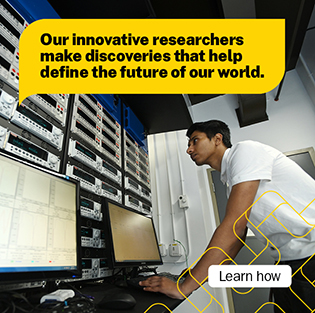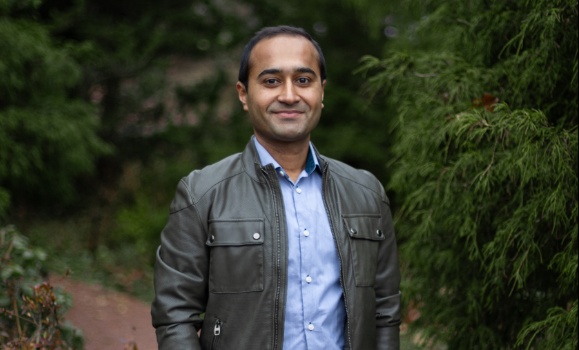The only abundant source of renewable carbon is biomass or organic residue from agricultural farms, forests, livestock farming and municipal solid waste. Using it more efficiently can catalyze a shift to a low-carbon economy.
To achieve the net-zero emission targets set by the Canadian government and corporations, researchers and others say it is imperative to accelerate innovation and market deployment of clean energy, biofuels, and carbon offsetting solutions.
 “Climate change is not a distant threat. It is a current and pressing reality that we must confront,” says Dr. Sonil Nanda, an associate professor in the Department of Engineering at the Faculty of Agriculture.Ěý
“Climate change is not a distant threat. It is a current and pressing reality that we must confront,” says Dr. Sonil Nanda, an associate professor in the Department of Engineering at the Faculty of Agriculture.Ěý
“The frequency and cost of devastating weather events such as flooding, wildfires, and severe weather conditions that harm agriculture has doubled compared to previous decades. It is crucial we not only acknowledge this issue but take immediate steps to mitigate its impact on our future and that of future generations.”
Dr. Nanda was recently awarded a Tier 2 Canada Research Chair in Clean Agricultural Technology and Energy to advance his research program, which aims to demonstrate how advanced thermochemical, hydrothermal, and biological methods can be used to convert the by-products of agriculture and forestry into high-value biofuels.
By creating a circular economy for fuel production, his work promises to develop scalable and commercially viable solutions for clean energy and decarbonization that leverage currently available infrastructures for fuel production and distribution.
Recommended reading:ĚýFeds invest $34.4M in Dal research to unlock innovation in clean tech, heart health, ocean science and more
Canada's landscape
Canada's landscape is covered by 40 per cent forests and seven per cent agricultural land. Although the country only hosts nine per cent of the world’s forests and has a mere 0.5 per cent of the world’s population, it has more per-capita biomass from agriculture and forests.
This provides enormous potential and a unique opportunity to become a leader in the sustainable transition to biofuels using native bioresources, says Dr. Nanda.
“Canada is well-positioned to develop a robust bioeconomy, with all the necessary resources at our disposal,” he says.Ěý “There is a growing demand for renewable and sustainably sourced materials by leading international industries and large brands, which presents an opportunity to strengthen our presence in the global market.”
The challenge of using agroforestry biomass and organic residues to produce biofuels lies in developing intensive and scalable processes for their extraction, conversion, and diversification to match societal and industrial needs.
Dr. Nanda’s research program collaborates with clean-tech industries, academia, biomass supply chains and resource recovery facilities to drive bioenergy innovation to the market, build a resilient agroforestry sector and deliver socio-economic benefits to Canadians.
Dr. Nanda is also working towards creating an equitable training environment to equip students and scholars with the necessary skills to innovate new products, technologies and intellectual property for clean energy, environment and bioresources.
The accelerated adoption of a circular bioeconomy that utilizes biofuels, biochemicals and biomaterials is crucial for Canada to achieve its net-zero targets and decarbonize heavy industries.

